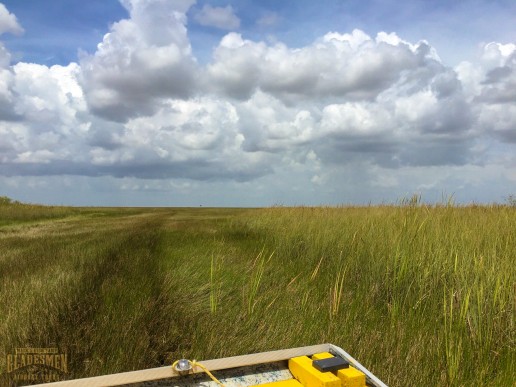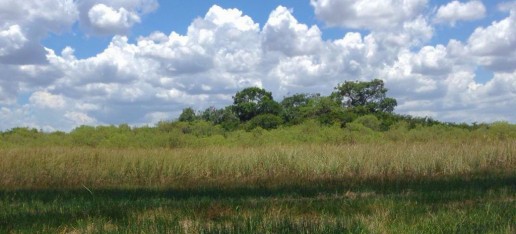Invasive Species in The Everglades
Thousands of native plants and animals reside in The Florida Everglades and help its habitats to thrive. But as massive as the Everglades is, all 1.5 million acres, it is vulnerable to invasive species that can harm the ecosystem here. Here is some information on some of this non-native Everglades wildlife, but you’re probably wondering…
What is an Invasive Species?
An invasive species is a plant, animal, bacteria, or other living thing that is non-native to the place it inhabits. They can grow and multiply quickly, and are harmful to their non-native habitat, the health of humans, even the economy of the places they invade. Invasive species can interrupt their adopted environments severely, and can even cause Everglades plants and wildlife to go extinct.
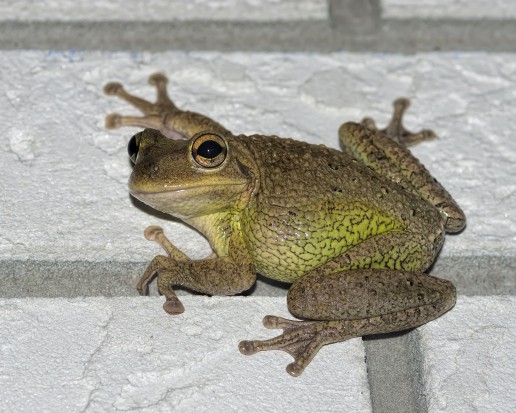
Invasive species have entered the Everglades by:
- Being released by local pet owners that don’t want to care for the anymore
- Being brought to Florida by or to sell on black markets
- Hitching a ride with travelers or foreign ships arriving in our ports
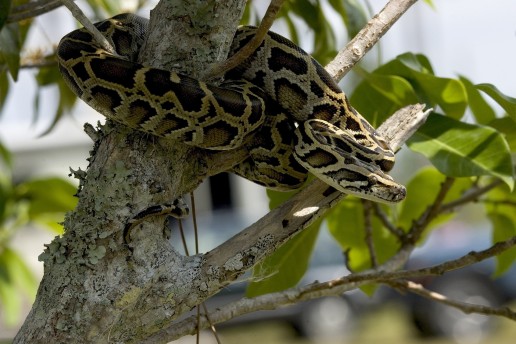
How Invasive Species Enter the Everglades
Invasive species can and have impacted the Everglades in several ways. The Burmese python has become well-known throughout America for feeding on native animals, including the American alligator, making them the dominant, or apex predator of the Everglades. Burmese pythons also pose a threat to people living near the Everglades, along with their pet dogs and cats. They often eat the young of native species, which shrinks the populations of their prey over time.
Invasive Everglades Plants
There are also invasive plant species impacting the Everglades as well. The Old world climbing fern affects several Everglades habitats from cypress swamps to pineland forests. Climbing ferns grow in dense concentrations which can smother native plants and rob them of sunlight. They can also act as a ladder to fires and draw them up to the canopy of the forest, burning areas that would normally be spared. This invasive plant can even change the water flow of streams with its dense roots, which can significantly affect Everglades ecology.
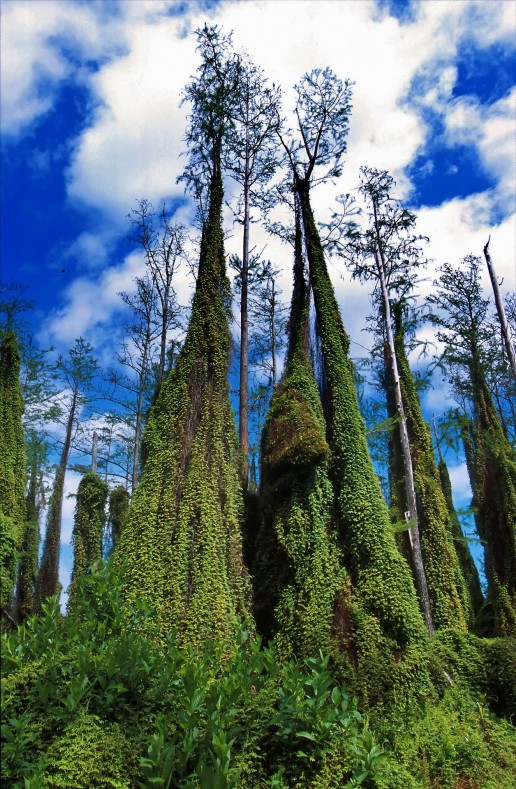
How you can help
- DO research before buying an exotic pet. Understand its needs, lifespan, how big it can grow, and if it is safe to own.
- DON’T release your pet into the wild if you no longer want it. This applies to fish and aquatic plants, too.
- REPORT invasive species sightings by calling 1-888-IVE-GOT-1 or online at www.IveGot1.org
At Mack’s Fish Camp we enjoy having the privilege to share the beauty of the Everglades ecosystem with the world. We see the preservation of this environment and the Gladesmen Culture as one in the same. We also educate our visitors about Everglades ecology, including invasive species on our Everglades airboat tours.
Public Versus Private Airboat Tours
Having so many different types of habitats, much of them covered by water, taking an airboat tour would definitely be the best way to experience the Everglades. The question is which is the better option for you, public or private airboat tours?
The Florida Everglades is a magnificent place that offers a chance to explore that can’t be found near the beaches of Fort Lauderdale and Miami. Being the largest subtropical ecosystem in the United States, it’s home to a great variety of native plants and wildlife. There may be zoos near the city where people can see exotic animals, but it’s far more exciting to view them in their natural habitat.
Public Airboat Tours
Public airboat tours are an affordable way to see the Everglades, because they usually include other activities with the admission price, like nature shows featuring Florida wildlife and, alligator wrestling. While offering a bigger bang for your buck, you may feel that you’ve traded a quality experience for quantity. Public airboat tours tend to run short, being only 30-45 minutes on average. Also, many public airboat tours are given on larger airboats which can’t move quickly, further limiting how far they can travel inside of an hour.
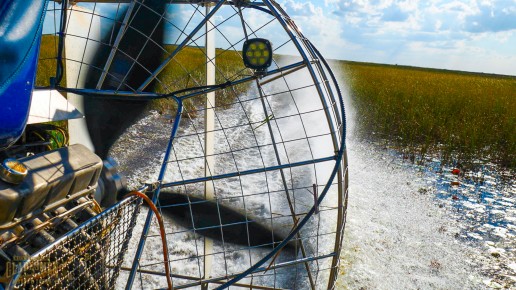
Another drawback from these higher-capacity boats is the overhead covering and lack of elevated seating can make it harder to see or photograph the wildlife or scenery.
Private Airboat Tours
Taking a private airboat tour is going to cost more money, but you’ll also receive more personal attention from your guide. Unlike the public rides, private tours typically last an hour or longer, and offer a better chance to learn plenty of valuable information about the Everglades from your tour guide.
And rather than seeing only a handful of Florida wildlife in a nature show, you’ll get to observe more species of wading birds, reptiles, and more in their natural environment. The longer duration of private tours will let you explore the many distinct habitats of the Everglades ecosystem.
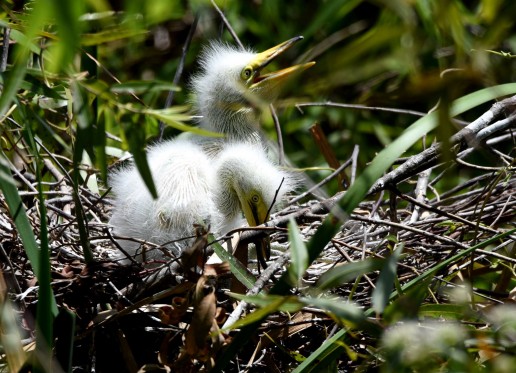
What kind of airboat tour would you choose?
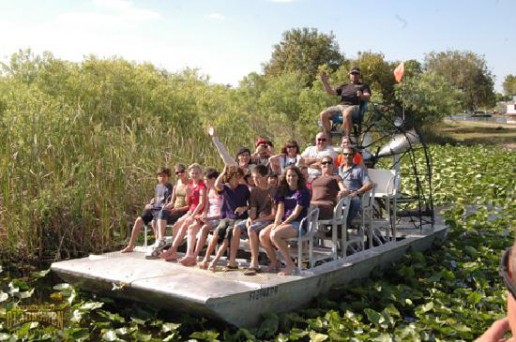
When visiting South Florida, there is plenty of adventure to be found west of the beach. All of the glow and noise of the coast is easily rivaled by venturing into the unique wilderness of the Everglades. If you’re looking to visit a one of a kind place, why settle for a “one size fits all” experience?
At Mack’s Fish Camp, we specialize in private airboat tours lasting from 1 to over 3 hours, with fifth-generation Florida Gladesmen as your guide. If you’re ready to trade the pre-packaged theme park experience for an authentic taste of Florida, come see us.
Swamp Squatch: Legend of the Skunk Ape
It’s said that a mysterious creature dwells deep within the Florida Everglades, a large ape that walks upright and stands over seven feet tall. When sightings of it throughout Florida were at their peak in the 1960’s, it was dubbed the “Skunk Ape”. Why call it Skunk Ape and not just Florida Bigfoot? Well, nearly all reported encounters with it mention it smelling like anything from moldy garbage to rotten eggs, or even a skunk.
Sightings in the Everglades and Beyond
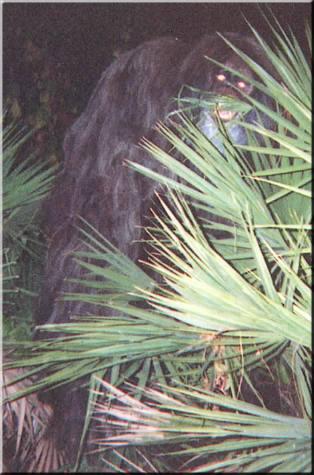
While not as frequent as they were in the 1960’s and 1970’s, sightings of the Skunk Ape are reported in Florida every year, some outside of the Everglades. One of the most noteworthy encounters occurred in the fall of 2000, referred to as the “Myakka Skunk Ape”. The Sarasota Sheriff’s Department received two photographs depicting a large, upright ape along with an anonymous letter from the alleged photograph.
In the letter, which was apparently written by an elderly woman, she snapped photos of the animal she believed had been taking apples she had left in her backyard. The encounter has been picked apart by debunkers and cryptid fans alike. But while the story and creature are scrutinized, the pictures have been confirmed as real and not doctored.
Skunk Ape – Florida Hide and Seek Champion
Apart from being stinky, the Skunk Ape can definitely be described as elusive. Despite a steady flow of video footage from alleged encounters and molds made from footprints, the National Park Service denies the existence of the creature. They cite their many wildlife life trail cameras showing no such animal, or having never discovered any trace of bones in the Everglades.
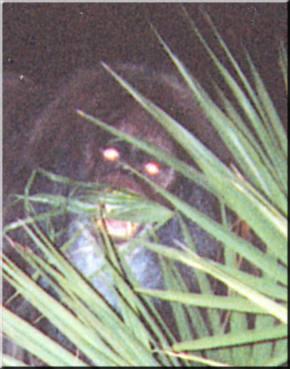
But some of the believers would be quick to tell you that with the Florida Everglades covering 1.5 million acres, and much of it rarely visited by humans, a reclusive animal could thrive there unnoticed without a trace.
A Symbol of a Mysterious Swamp
The Everglades is truly a vast place, full of Florida wildlife capable of deceiving the eyes of the casual visitor. When taking a private airboat tour, you might notice an alligator that you assumed was a floating log, or a diving anhinga that you thought was a water snake. The Skunk Ape isn’t just a campfire tale, but a symbol of the mystery of the Florida wilderness.
Still, don’t hold your breath hoping to see it. But if you do, hold your nose.

